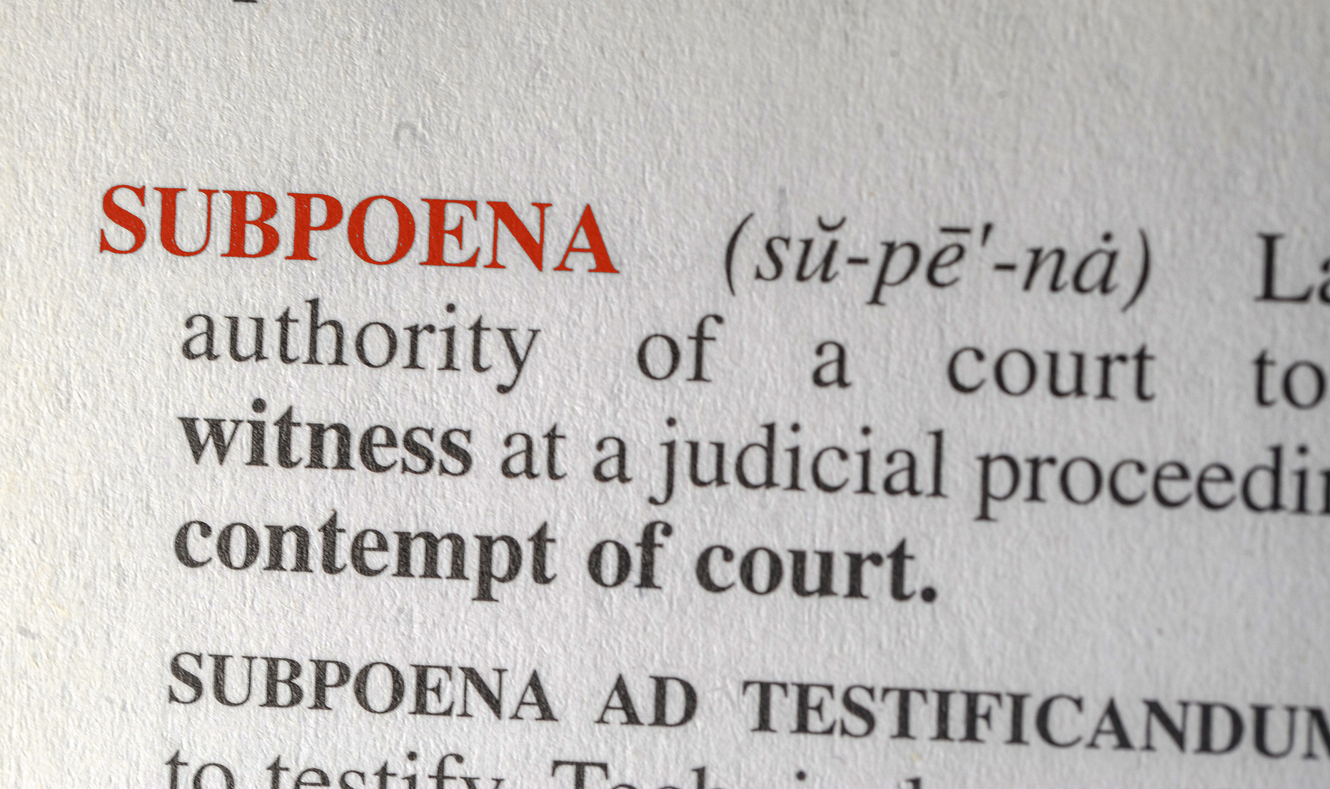In researching an issue for a Public Adjuster, I came upon this gem of a case. In Missouri, the argument has always been that when calculating actual cash value you must use fair market value. This is not a good thing for most insureds, especially in big losses. It usually means a meager payment up front before repairs are made. However, the court has concluded that while this may be the calculation for fire losses, it does not apply to other losses, rather replacement cost minus depreciation is used to calculate ACV (when it is not defined in the policy). This is great news for hail, wind, water and other non-fire losses! Here is a summary of the case:1
The insured’s house was damaged by hail so she called State Farm and made a claim for damages. The adjuster wrote an estimate for the cost of repair, including costs for materials, labor and sales tax and issued a small payment. The question in this case was whether you can depreciate labor costs in Missouri.
State Farm depreciated ‘mixed’ costs- for labor and materials, but did not depreciate ‘pure’ labor costs. The policy contained typical language:
(1) Until actual repair or replacement is completed, we will pay only the actual cash value at the time of the loss of the damaged part of the property, up to the applicable limit of liability shown in the Declarations, not to exceed the cost to repair or replace the damaged part of the property; …
The policy contained no definition of actual cash value or depreciation. However, the estimate from State Farm defined ACV as “[t]he repair or replacement cost of the damaged part of the property less depreciation and deductible.” It defined depreciation as “[t]he decrease in the value of property over a period of time due to wear, tear, condition, and obsolescence. A portion or all of this amount may be eligible for replacement cost benefits.” State Farm argued that ACV equals the difference between the fair market value before and after the loss.
When property is damaged by fire, two statutes in Missouri indicate that damages are measured by the difference between the value of the property immediately before and immediately after the loss.2 There is also case law that upholds this finding.3 However, in the instant case, the damages were from hail, not fire. Two cases provided guidance to the court, which had examined whether the statutory definition of ACV applied to losses other than fire.4 Those cases held that the statutes solely applied to fire losses.5 Since the statutes were inapplicable and because case law had relied on the statutes for the definition of ACV, the court held there was no common law definition of actual cash value for losses other than by fire. Further, the court found that absent a policy definition, the term ‘actual cash value’ was ambiguous.6 The insured had argued that ACV was defined as repair or replacement cost minus depreciation. The court agreed. This definition seemed reasonable, plus the defining language used in the estimate by State Farm was evidence of what they intended when they formed the contract.
The court next had to determine if labor could be depreciated. It looked to case law in other states. It heard arguments by the parties. One of State Farm’s arguments was about a hypothetical 30 year old roof that had outlived its life expectancy. The court found it was unlikely that an insured would not replace a totally damaged roof. However, if labor and materials were depreciated to zero, the value of the roof in the hypothetical, then the insured would be left with no value for a roof that had provided shelter, “old as it was.” Fully depreciating the roof made no sense.
As you can see, this is valuable case. It tells us that ACV in fire losses is calculated by using the fair market value before and after the loss but in non-fire losses that ACV is replacement cost minus depreciation. It also tells us that labor is not depreciated in Missouri.
1 Labrier v. State Farm and Casualty Co., No. 15-4093, —F. Supp.3d — (W.D. Mo. Nov. 30, 2015).
2 Mo.Rev.Stat. §379.140 and §379.150.
3 Wells v. Mo. Property Ins. Placement Facility, 653 S.W.2d 207 (Mo. 1983).
4 Cincinnati Ins. Co. v. Bluewood, 560 F.3d 798 (8th Cir. 2009); Garvin v. Acuity, 2012 WL 5197223 (W.D. Mo Oct. 19, 2012).
5 Id.
6 Other states have also found that ACV is ambiguous unless defined in the policy, including Michigan and Arkansas. Evanston Ins. Co. v. Cogswell Properties, LLC, 2009 WL 198745 (W.D.Mich. Jan. 23, 2009); Adams v. Cameron Mut. Ins., 2013 Ark. 475, 430 S.W.3d 675 (2013).



